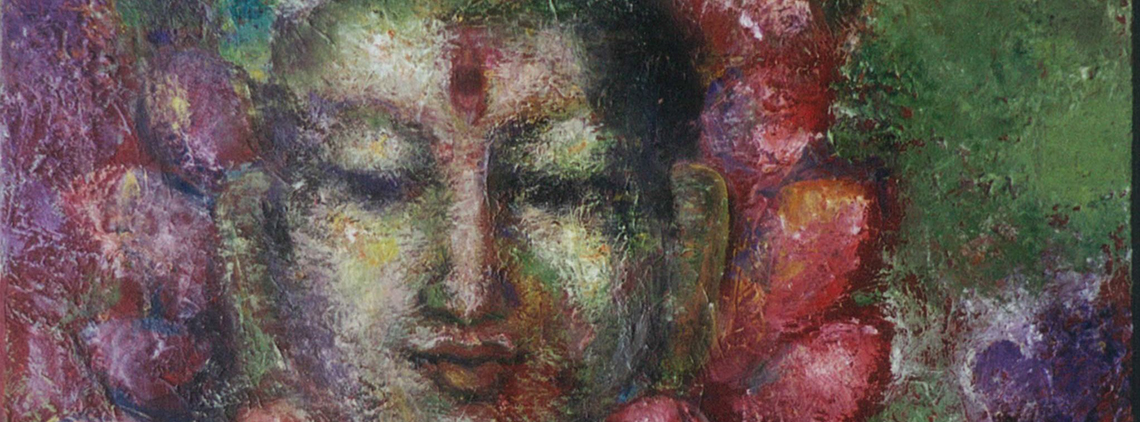
Fonte: www.art-arnep-salomonsen.dk
Our practice
The practice of yoga
We use dynamic movements, static positions and breathing techniques to allow us to relate to the extremely complex and subtle workings of our body and our mind.
Yoga is a precious means of interior transformation: during our practice the refinement of our corporeal awareness, the soothing of our mental agitation and the recognition of our imbalances can create the condition for the birth of a new sensibility and a perception of reality free of conditioning.
Calm and relaxation, all too often erroneously considered to be the primary objectives of yoga, instead prove to be a point of departure.
All aspects of the human being are involved in and stimulated by the practice of yoga thanks to the use of diverse instruments: asana (the yoga positions, or the awareness of the body), pranayama (respiratory techniques or the awareness of breathing), mudra (psychic gestures), bandha (energetic locks or binds) and dharana (concentration, or focused attention). The neurophysiological equilibrium generated by the harmonious coordination of these elements clays the foundations for meditation.
Meditation
Defining meditation is like trying to describe a deep emotion: words never seem to capture its true essence.
To help our understanding, we can examine two very distinct aspects.
One is the formal and concrete act that begins with sitting in a position suited to our possibilities (legs crossed, on a cushion or on a chair) and continues with the use of a series of techniques and supports for the attention that help us develop capacities of listening and observation.
The other is the meditative state: here there is longer an action designed to obtain a result, but rather a finding oneself in a state of suspension, in the unexpected emergence of a completely new perception of life within and without us.
We can allow ourselves to be guided by the words of Vimala Thakar:
“Essentially, meditation is a non-cerebral movement of the human consciousness… it is a state of being, not an activity. Most people think that meditation concerns solely the mind and not the body. They think that it concerns the brain and its activities and believe that by stopping such activities they can force themselves into the meditative state… The word meditation has numerous associations. To reach the most profound significance of meditation, we have to study the associations of ideas and emotions. In order to discover what meditation is we have to explore what it is not. Here we are dealing with the word meditation as a term derived from the verb ”to think about”, “to ponder”. In this sense, meditate implies a mental or cerebral activity in which there is a relationship between a subject and an object. The verb to meditate suggests the image of a person who contemplates, who meditates on some object or some previously selected focal point.
The person focuses attention exclusively on a predetermined point for a given length of time and consciously forces himself or herself to maintain their attention on that point. This type of activity should really be called concentration and not meditation… In Sanskrit, there is a distinction between “concentration” and “meditation”, using the words dharana and dhyana. Dharana, comparable to our term “concentration”, means “to keep, to maintain attention”. Dhyana, corresponding to our term “meditation”, refers to a state of being in which an effortless awareness is manifest with no distinction between interior and exterior life.”
Vimala Thakar sulla meditazione, tratto da Vivere, Ubaldini Editore
